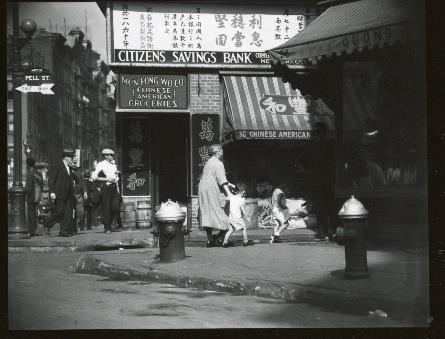[ad_1]
Framed on the wall of the New York State Museum is an image, hazy blue with age, of the steel beams of the Empire State Building reaching toward the skyline it will soon define. A few feet away, the bare hand of a biologist gently cradling a bald eagle and the outstretched arms of feminist leader and former state representative Bella Abzug are captured in black and white.
With a careful eye and the click of a shutter, color photography pioneer Joel Meyerowitz, photojournalist Diana Marie Henry, “hero of the Hudson River” Joseph Squillante and silent film actor and cinematographer Irving Browning captured the political, social, architectural and natural landscapes of the state, currently on display in the museum’s latest exhibit “Captured Gallery.”
“I consider my photographs to be a visual history,” Henry said. “Photographers write history, too.”
Henry was always drawn to photographing people and exploring how individuals exert control over others. Her photojournalism career began in 1969 in the heat of the anti-war, civil rights and women’s equality movements.
Included in the exhibit are Henry’s images from the New York State’s Women’s Meeting, a prelude to the National Women’s Conference, which she also photographed, held at the Empire State Plaza in 1977. Tens of thousands of women gathered to elect delegates for the national conference, Henry recalled. She captured women discussing the elections in front of a wall covered with sheets of papers with thousands of candidates’ names, a cluster of women in the throes of passionate debate in the middle of the plaza and a Mohawk Nation basket weaver seated among her wares.
“I always tell young (photographers), ‘Don’t ignore the person next to you,’ ” Henry said. “Everyone creates history.”
While Henry recorded the state’s changing sociopolitical landscape, Meyerowitz and Browning captured its urban evolution. Both found their muse in New York City — Meyerowitz in color, which he championed as a respected art form; Browning in the black and white film of his cumbersome, early 20th century camera.
While Browning started in front of the camera as a slapstick actor, even being one of the celebrity faces plastered on war bonds during World War I, he moved behind the camera in 1919 to explore cinematography, directing, avant-garde filmmaking and photography.
Browning’s photos capture the city as it was being recreated, said Ira Meistrich, who rescued and donated Browning’s massive collection of thousands of photographs, film negatives, experiments with color and photo montage and correspondences with Kodak. Browning would lug around his boxy camera to shoot construction workers perched on the rising Empire State Building, the city’s evolving skyline and the impact of the Great Depression.
Yet Browning’s legacy as a photographer went largely unnoticed for decades as Meistrich struggled to get a museum to show Browning’s work.
Meistrich’s father worked for Browning’s film equipment rental and supply company, and when Browning died in 1961, his father bought Browning’s business and came across boxes and boxes of Browning’s photography collection. Browning’s widow told him to throw the photos out, but Meistrich’s father saved them and, almost three decades later, gave them to his son.
While the organizations he contacted applauded Meistrich’s efforts and saw value in Browning’s work, none wanted to take the collection. After 30 years of rejections, Meistrich gave up and scheduled a dumpster. Two days before the collection’s demise, a friend suggested the New York State Museum, which then happily agreed to take Browning’s work. Finally seeing Browning’s photos on display has been tremendously emotional for Meistrich.
“When I first walked into the part of the exhibit that was his work, I started to cry,” he said. “I’ve always felt a responsibility to pass Irving’s work off to the future.”
Bronx-born Squillante found his inspiration beyond the city. While helping renovate a friend’s home in Rhinebeck in the late 1970s, the then-novice photographer spent his breaks shooting the Hudson River.
“I am so glad that I recognized right away that this is a powerful subject,” said Squillante, who has spent the past five decades capturing the length of the Hudson.
He hopes his work will illuminate the importance of the river, which is the highlight of his commute on the Metro North train into the city for his work as a medical photographer.
“I’m like a little kid in the candy store looking out the window at the river,” he said. “And some of these people don’t even know the river is there.”
His photography of the Hudson River has led to collaborations with environmental organizations. A few years ago, he went with John Lipscomb, boat captain for the nonprofit group Riverkeeper, to document General Electric dredging PCBs out of the Champlain Canal. In 2000, Squillante was hired by the state Department of Environmental Conservation to photograph biologists trapping, testing, banding and tracking bald eagles to study and revive the population.
“I didn’t make the decision to actively be an environmental photographer,” Squillante said. “It’s been really nourishing for me, though, to be able to protect our environment through my work.”
“Captured Gallery” is on display through Feb. 27 in the West Gallery at the New York State Museum.
[ad_2]
